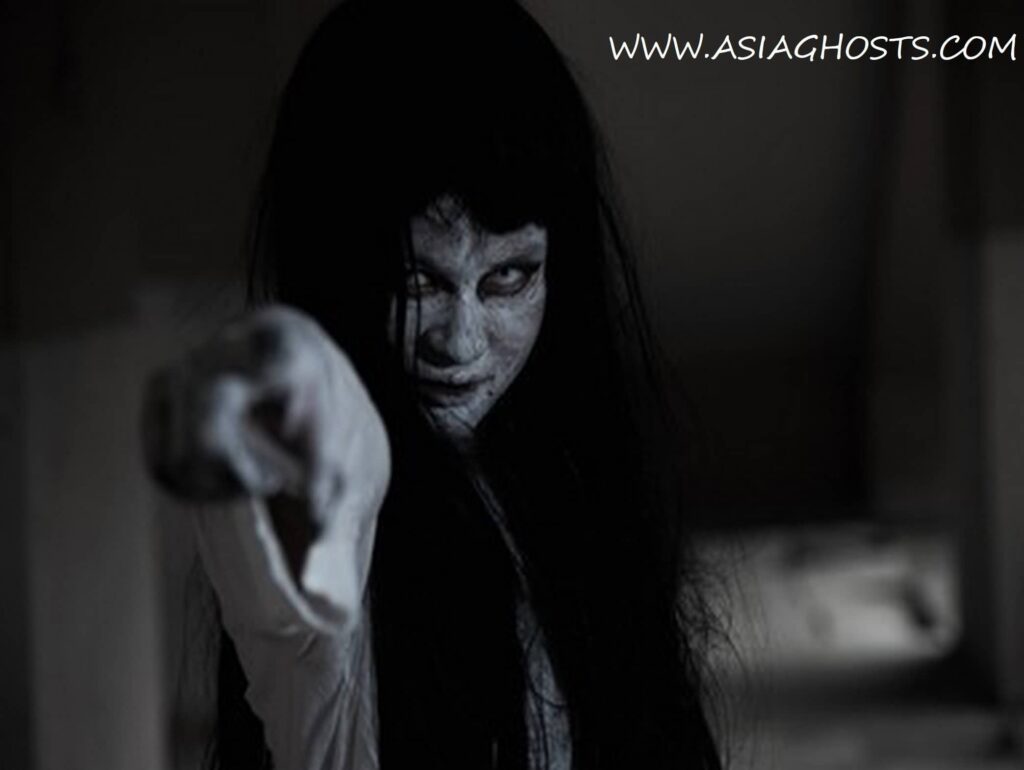
A surprising number of people believe in ghosts. A 2017 survey by Chapman University found that 52 percent of Americans believe places can be haunted by spirits, an increase of approximately 11 percent since 2015. An earlier UK survey found that 52 percent of participants believed in the supernatural. But there may be a more scientific basis to things that go bump in the night than a restless afterlife.
Here are six logical explanations for that ghostly presence in your house.
1. ELECTROMAGNETIC FIELDS
For decades, a Canadian neuroscientist named Michael Persinger studied the effects of electromagnetic fields on people’s perceptions of ghosts, hypothesizing that pulsed magnetic fields, imperceptible on a conscious level, can make people feel as if there is a “presence” in the room with them by causing unusual activity patterns in the brain’s temporal lobes. Persinger studied people in his lab wearing a so-called “God Helmet,” finding that certain patterns of weak magnetic fields over someone’s head for 15 to 30 minutes can create the perception that there’s an invisible presence in the room.
Some subsequent research has pushed back on this theory, arguing that people were responding to the suggestion that they would feel a ghostly presence, rather than to the electromagnetic field. However, Persinger countered that this experiment followed very different protocols than his own research [PDF]. Other scientists have also found that environments that have a reputation for being haunted often feature unusual magnetic fields.
2. INFRASOUND
Infrasound is sound at levels so low humans can’t hear it (though other animals, like elephants, can). Low frequency vibrations can cause distinct physiological discomfort. Scientists studying the effects of wind turbines and traffic noise near residences have found that low-frequency noise can cause disorientation [PDF], feelings of panic, changes in heart rate and blood pressure, and other effects that could easily be associated with being visited by a ghost [PDF]. For instance, in a 1998 paper on natural causes of hauntings [PDF], engineer Vic Tandy described working for a medical equipment manufacturer, whose labs included a reportedly haunted room. Whenever Tandy worked in this particular lab, he felt depressed and uncomfortable, often hearing and seeing odd things—including an apparition that definitely looked like a ghost. Eventually, he discovered that the room was home to a 19 Hz standing wave coming from a fan, which was sending out the inaudible vibrations that caused the disorienting effects. Further studies also show links between infrasound and bizarre sensations like getting chills down the spine or feeling uneasy.
3. MOLD
Shane Rogers, an engineering professor at Clarkson University, spent months touring reportedly haunted locations looking for not-so-paranormal activity: mold growth. Preliminary research indicated that some molds can cause symptoms that sound pretty ghostly—like irrational fear and dementia. “I’ve watched a lot of ghost shows,” he told Mental Floss in 2015. He began to wonder “if there’s some kind of link there, where we might be able to explain why people are having these feelings.” So far in the data collection process, “it’s hard to say whether that’s a contributing factor or not, but anecdotally we are seeing these [toxic molds] exist in places that are haunted,” Rogers says.
4. CARBON MONOXIDE POISONING
In 1921, a doctor named W.H. Wilmer published an odd story about a haunted house in the American Journal of Ophthalmology. The family who lived in this haunted residence, called the H family in the medical literature, began experiencing weird phenomena when they moved into an old house—hearing furniture moving around and strange voices in the night, feeling the presence of invisible specters. They reported being held down in bed by ghosts, feeling weak, and more. As it turned out, a faulty furnace was filling their house with carbon monoxide, causing aural and visual hallucinations. The furnace was fixed, and the H family went back to their lives, sans ghosts.
5. SOMEONE ELSE SAID IT WAS REAL.
In a 2014 study, Goldsmiths, University of London psychologists had participants watch a video of a “psychic” supposedly bending a metal key with his mind. In one condition, study subjects watched the video with a “participant” who was actually working with the researchers and professed to see the key bending. Those subjects were more likely to report that they saw the key bend than subjects who were paired with someone who asserted that the key didn’t bend or said nothing. “One person’s account can influence another person’s memory,” study co-author Christopher French told Mental Floss in 2015. If someone else confidently asserts that they saw the ghost, it might influence a fellow eyewitness to believe they saw it, too.
6. WE WANT TO BELIEVE.
“There is a motivational side to belief in ghosts,” French explained. “We all want to believe in life after death. The idea of our mortality is one we are not generally comfortable with.” Confirmation bias holds powerful sway over our perceptions. “We find it much easier to believe evidence for something we want to believe anyway,” he said.
To visit our home page, click here- https://asiaghosts.com/
Hunt for ghost gifts here – https://asiaghosts.com/ghost-gifts/
Visit our Instagram Page here- https://www.instagram.com/asiaghosts/
Visit our Facebook Page here- https://www.facebook.com/asiaghosts/
To see ghost videos, visit our youtube channel here – https://www.youtube.com/channel/UCoKCE87Xjrk-Qm6cXJ7951w
Tags
Asia ghost , ghosts , ghost , paranormal , halloween , horror , scary , haunted , ghostbusters , ghost adventures , death , hell , heaven , god , ghost whisperer , religion , ghost festival , pontianak , fear ,mystery , thrilling , ghost story , ghost caught on camera , ghost of tsushima , ghost rider , haunted house , ghost hunters , ghost recon , ghost movie , are ghosts real